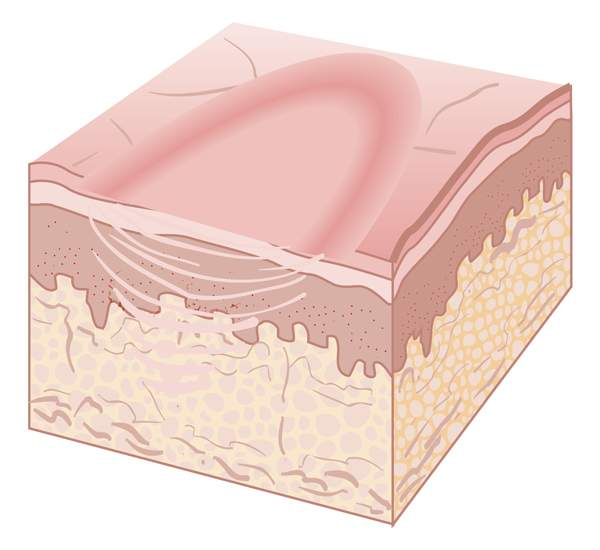Integumentary system
1/24
There's no tags or description
Looks like no tags are added yet.
Name | Mastery | Learn | Test | Matching | Spaced |
|---|
No study sessions yet.
25 Terms
macule
is a flat area of color change and a non-palpable skin lesion
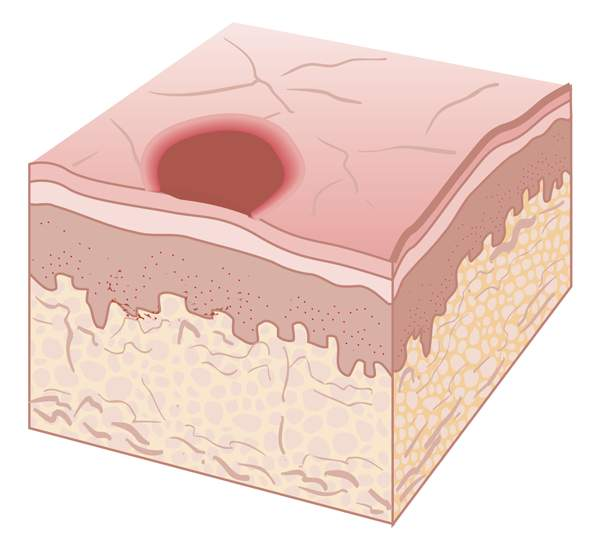
papule
solide elevation < 0.5cm in diameter and has distinct borders
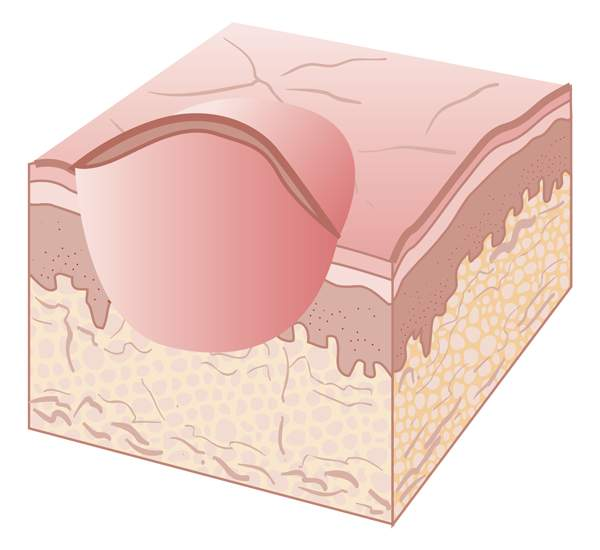
nodule
firm and movable solid elevation 0.5–1 cm in diameter and extends deeper into the dermis than a papule
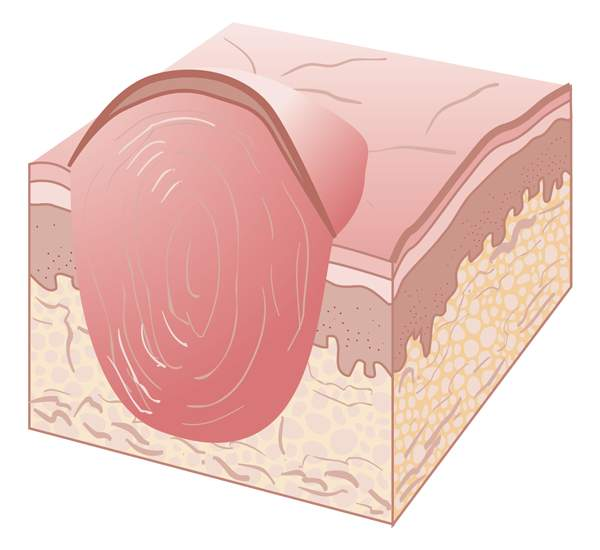
vesicle
is a small, raised blister that contains clear fluid inside or under the epidermis
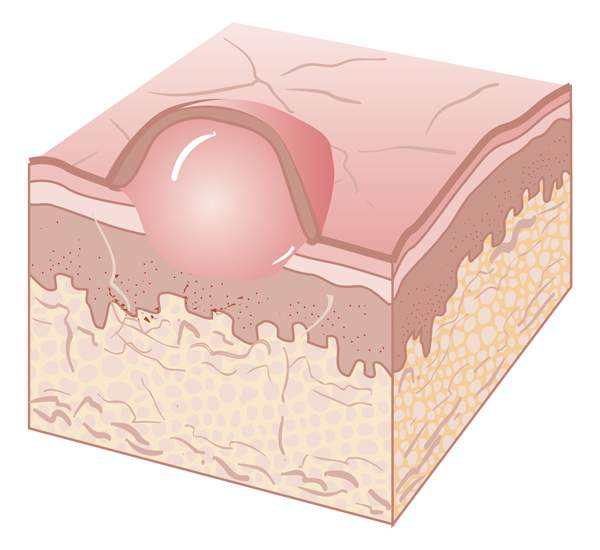
bulla
large vesicle greater than 0.5 cm
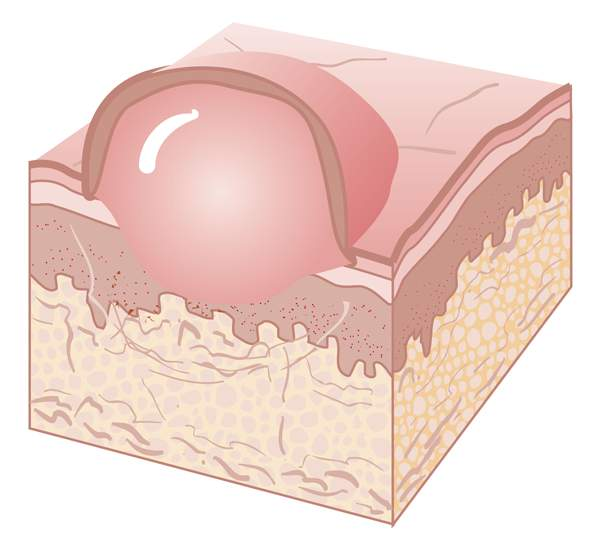
pustule
vesicle with white cellular debris, may be infected or sterile
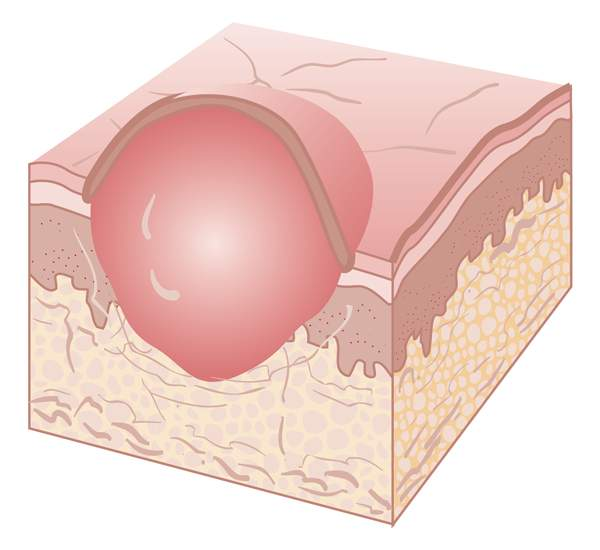
tumor
solid mass larger than 1.0cm
large nodule and may be firm or soft
ex. squamous cell carcinoma
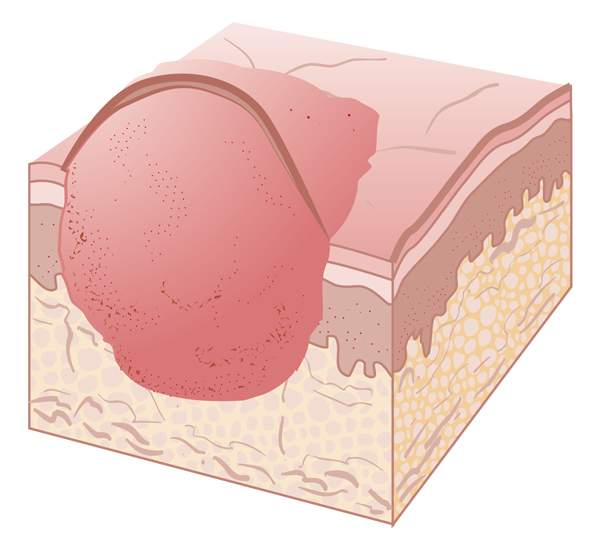
plaque
solid, elevated, flat-top lesion with indistinct borders
It is found on the skin or mucous membrane
Thrush is an example of plaque
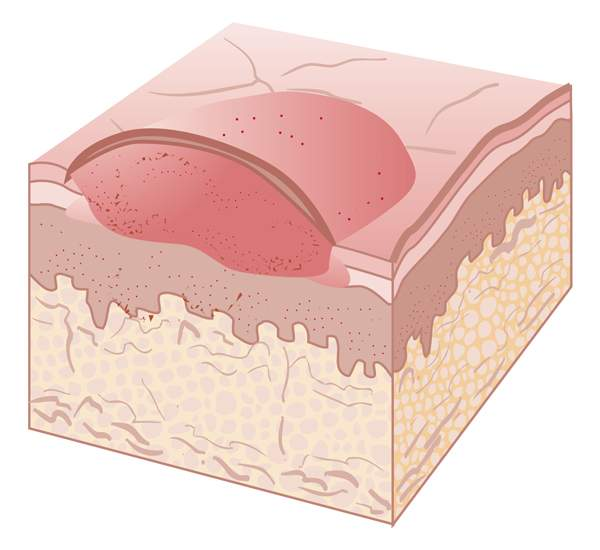
wheal
type of plaque
palpable, red, circumscribed swelling in upper epidermis
intradermal skin tests produce wheals
secondary lesions
evolve from primary lesions because of constant irritation or infection
scales
flaking layers of epidermis
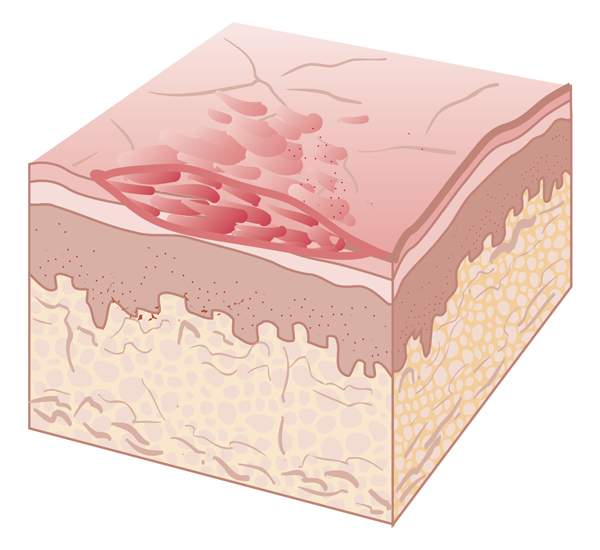
crusts
crust is dried exudate (leaked fluid from blood vessels) on the skin
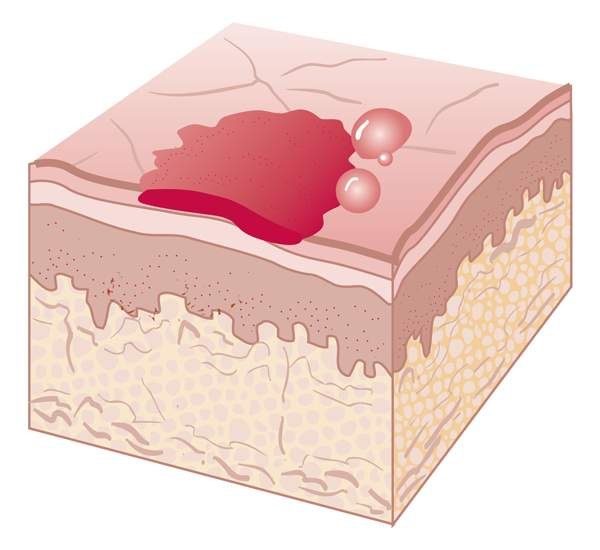
fissures
linear, wedge-shaped crack extending into the dermis
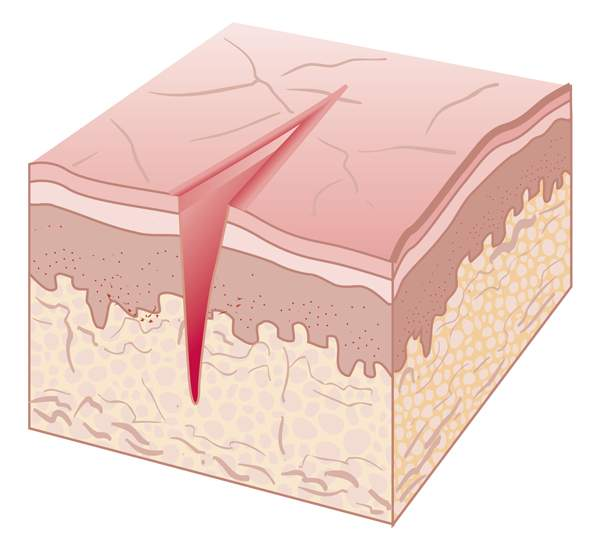
impetigo
Impetigo is caused by streptococcus or staphylococcus aureus. A common characteristic of impetigo is the formation of crusty lesions and small vesicles around the nose and mouth (may often be across the entire face).
Honey-colored exudate is excreted from areas of impetigo.
The treatment includes oral antibiotics and possibly topical antibiotic cream.
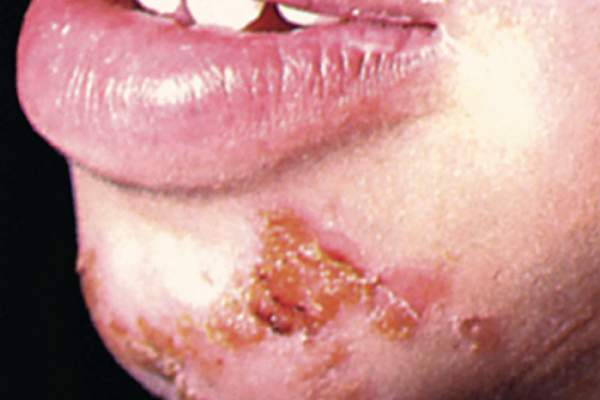
acne
caused by hair follicles blocked by oil or dead skin
common during puberty
Its causes include an inherited predisposition, hormonal fluctuations, exposure to heat and humidity, and the use of oily creams
The treatment includes using benzoyl peroxide-based face wash twice daily and topical applications. In more severe cases of acne, an oral antibiotic may be prescribed for several weeks or months
rosacea
Rosacea is characterized by inflammation, pustule formation, and small, red, edematous (swollen, puffy appearance) lines on the skin
Treatment includes topical antibiotics and, in severe conditions, oral antibiotics
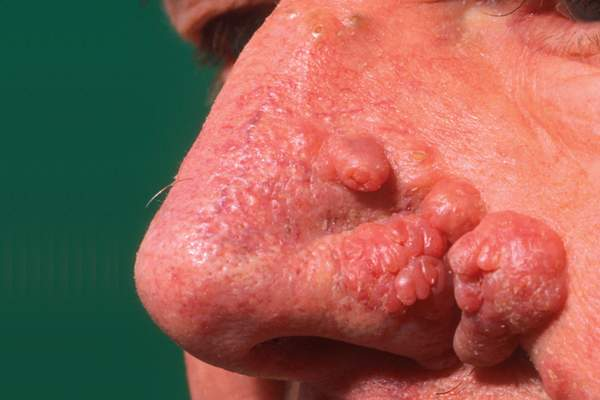
cellulitis
Cellulitis is an acute bacterial infection that involves the subcutaneous tissue and manifests as redness, tenderness, swelling, and warmth at the site
Treatment includes oral antibiotics. In some cases, patients are hospitalized and may receive IV antibiotics
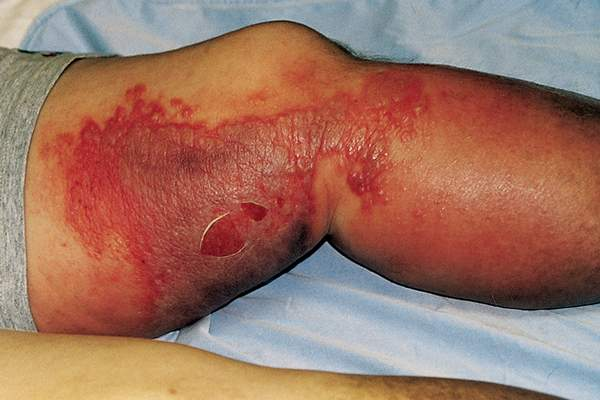
fungal infections
pruritic (itchy) lesions with distinct border
treatment: topical antifungal agents such as clotrimazole (Lotrimin), ketoconazole (Nizoral), econazole, or nystatin (Mycostatin).
Fungal infections are commonly caused by pathogens subsisting (surviving) on dead tissue in the epidermis
viral infections
Warts are small, raised skin growth caused by human papilloma virus.
Cold sores are caused by herpes simplex virus type 1 and manifest as painful ulcers along the gumlines of the mouth or on the lips.
Shingles is an acute inflammatory disorder caused by herpes zoster virus and is characterized by a painful rash on the trunk of the body and occasionally on the face. Herpes zoster tends to follow the dermatomes.
Treatment includes analgesic and antipruritic medications. Vaccines can help prevent shingles.
The common viral skin infections include warts, herpes simplex (cold sores), and herpes zoster (shingles)
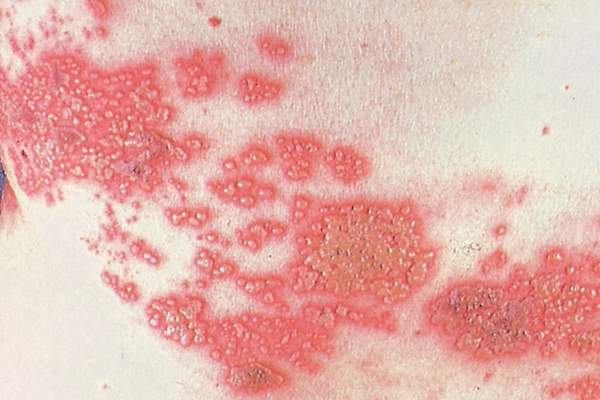
parasitic infections
include scabies and prediculosis
scabies
Scabies is caused by Sarcoptes scabiei and is characterized by intense itching, a body rash, and a sensation of something crawling on the skin. This condition is treated only through prescribed medication.
pediculosis
caused by lice
treatment with lice-medicated shampoo and steps to prevent reinfestation
ulcerations
destruction of epidermis in a area
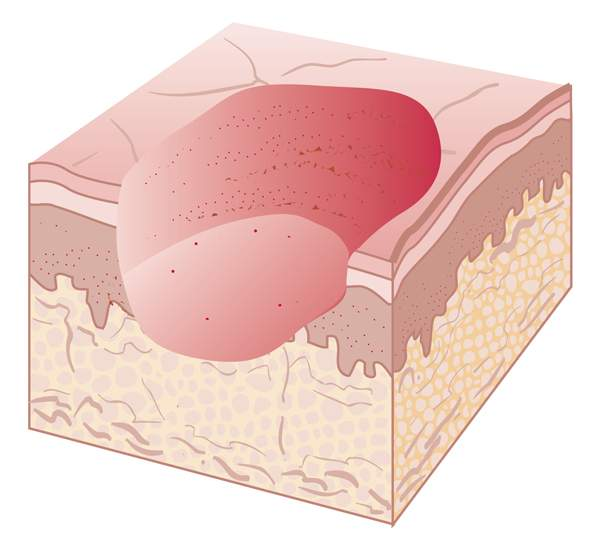
scars
form due to excess collagen production after injury
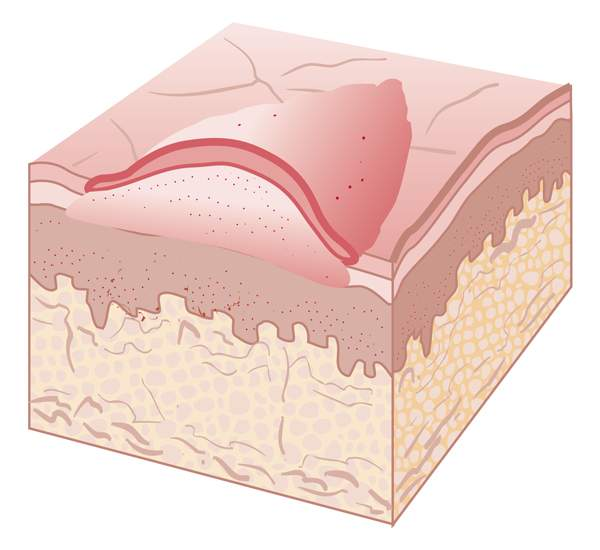
atrophy
loss of a portion of the skin
